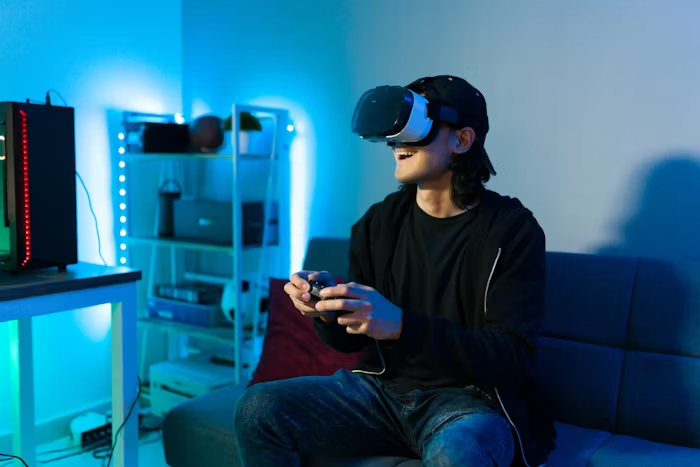The Psychology Behind Game Design
QUOTE:
“Great games don’t just entertain — they understand how your brain works.”
Whether you're conquering kingdoms in strategy games or dodging obstacles in fast-paced platformers, one thing remains constant: you’re hooked — and that’s not an accident.
Behind every addictive game lies a deep understanding of human psychology. Developers don’t just write code and create graphics — they engineer experiences. From reward schedules to difficulty curves, from sound design to emotional storytelling, the best games are built on science as much as art.
Let’s dive into how game designers tap into our minds to keep us playing, progressing, and coming back for more.

Designing for the Human Brain
Game designers use principles from cognitive science, behavioral economics, and psychology to shape how players feel, think, and act inside digital worlds.
- Dopamine is triggered by rewards and achievements.
- Flow states are crafted through balanced challenge and skill.
- Motivation is maintained through progress tracking and feedback loops.
Every element — from menu design to level layout — is intentional.
Key Trends in 2025
- 🧠 Gamification of Emotions
- 🎯 Hyper-Personalization
- 🎮 Cognitive Training Mechanics
Games now simulate moral dilemmas and empathy choices, blending psychology and storytelling.
AI adapts gameplay based on user emotion, pace, and behavior patterns
Games are built with subtle learning loops to boost memory, focus, and reaction time
💬 Excerpt:
Game design isn’t random — it’s deeply psychological. From your first tap to the final boss fight, your brain is being guided. Game developers create immersive loops that feed on curiosity, competition, mastery, and meaning. That’s why you can’t put the controller down.
Performance Metrics
- Retention Boost:Games using psychological triggers have 60%+ higher day-7 user retention
- Emotional Engagement: Games with strong narratives increase playtime by 40%
- Flow State Achievement:Properly paced games report 75% more positive user feedback
- In-Game Decision Impact:3x more engagement in games with emotional and moral consequences
Accessibility
- 🎧 Sensory-Specific Feedback: Vibration, audio, and color-coded cues for neurodiverse users
- 🌐 Inclusive Storylines: Representation in characters and narratives now a design standard
- 🕹️ Adaptive Difficulty:Smart adjustment systems for cognitive or physical challenges
- 🎤 Voice Interaction: AI voice commands improving gaming for visually impaired players
Looking Forward
Game design in the future won’t just be about pixels — it’ll be about psychology.
Designers are now experience architects, crafting emotional journeys with every quest, puzzle, and power-up. As games evolve, so too will our understanding of how people learn, grow, and connect through play.
In the end, the best games aren’t just fun — they’re a
mirror into the mind.



Search
Categories
Categories
Recent Posts
Nihil blanditiis at in nihil autem
Quidem autem et impedit
Id quia et et ut maxime similique occaecati ut
Laborum corporis quo dara net para
Et dolores corrupti quae illo quod dolor
Tags